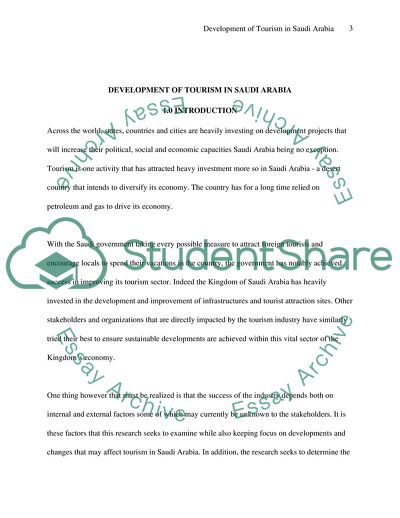Cite this document
(Development of Tourism in Saudi Arabia Research Paper, n.d.)
Development of Tourism in Saudi Arabia Research Paper. https://studentshare.org/tourism/1732252-development-tourism-in-saudi-arabia
Development of Tourism in Saudi Arabia Research Paper. https://studentshare.org/tourism/1732252-development-tourism-in-saudi-arabia
(Development of Tourism in Saudi Arabia Research Paper)
Development of Tourism in Saudi Arabia Research Paper. https://studentshare.org/tourism/1732252-development-tourism-in-saudi-arabia.
Development of Tourism in Saudi Arabia Research Paper. https://studentshare.org/tourism/1732252-development-tourism-in-saudi-arabia.
“Development of Tourism in Saudi Arabia Research Paper”. https://studentshare.org/tourism/1732252-development-tourism-in-saudi-arabia.


